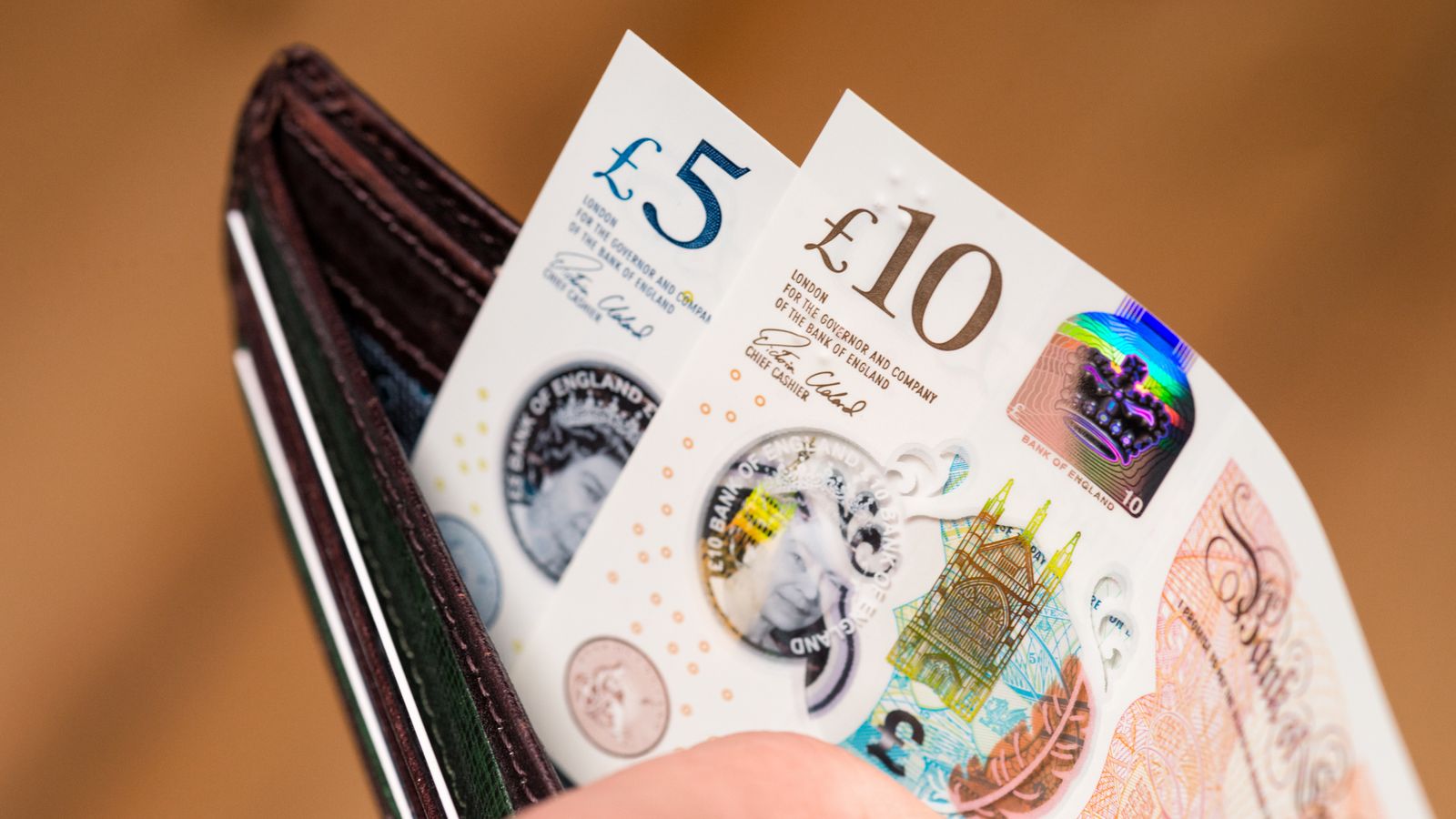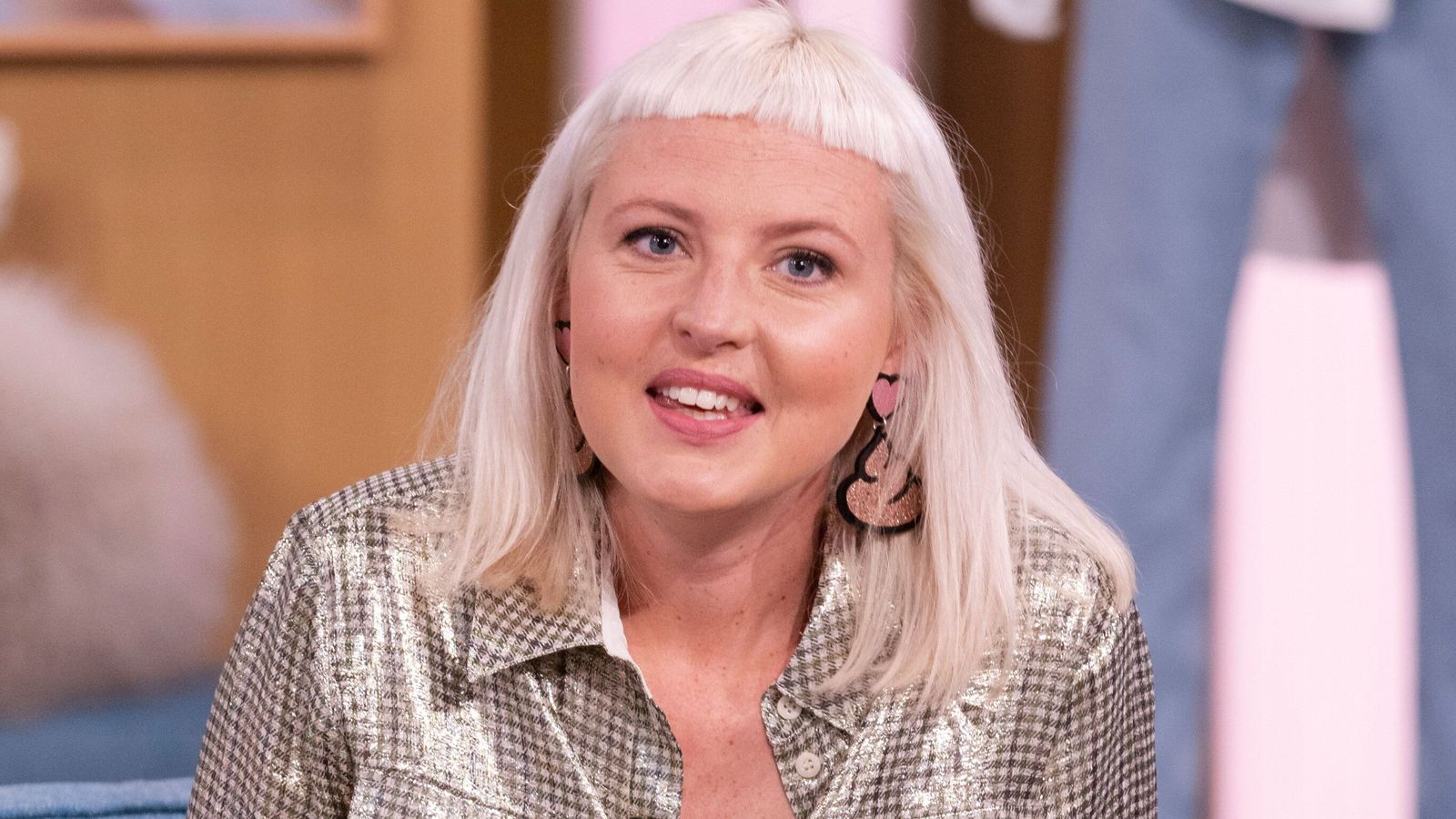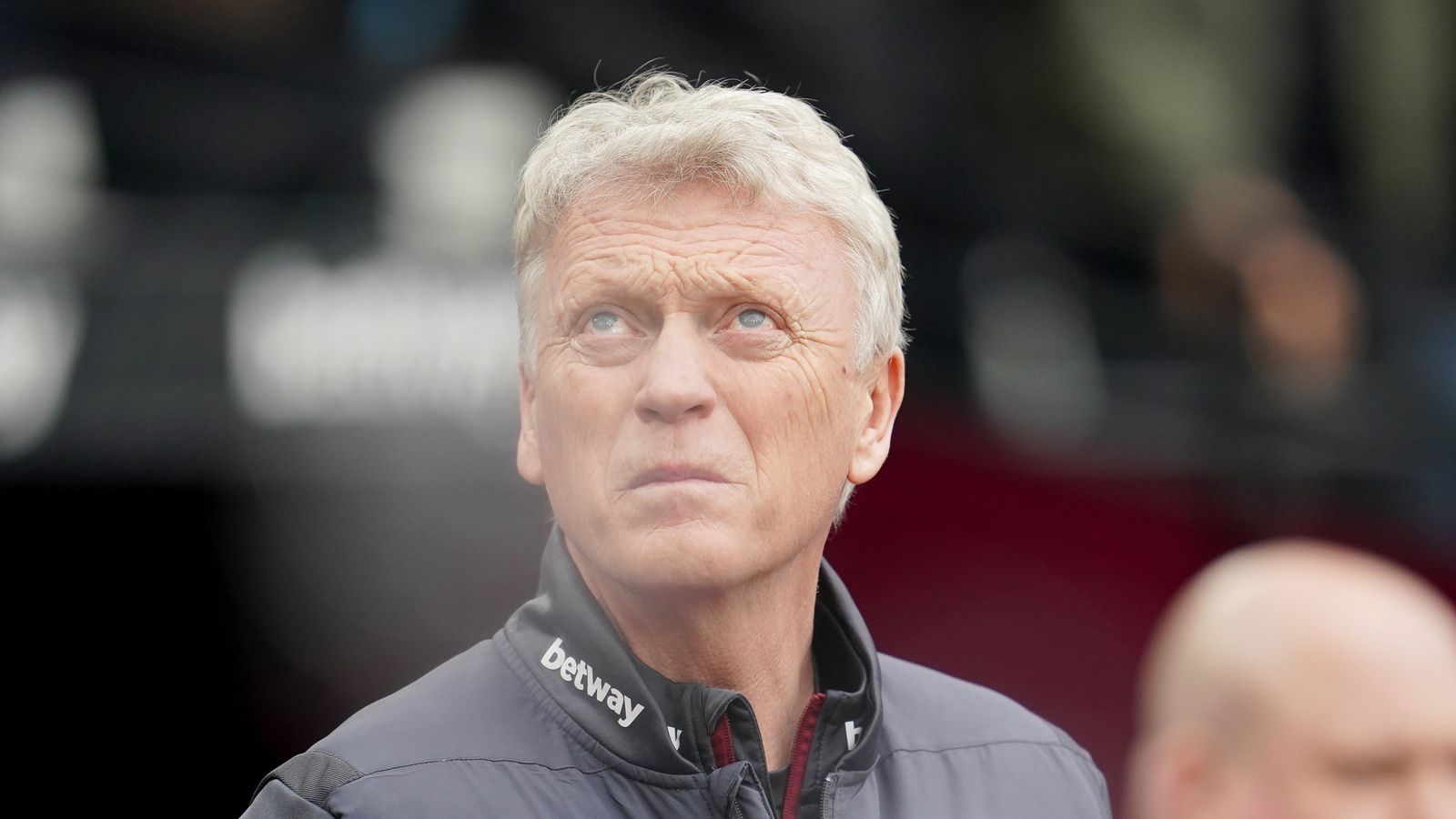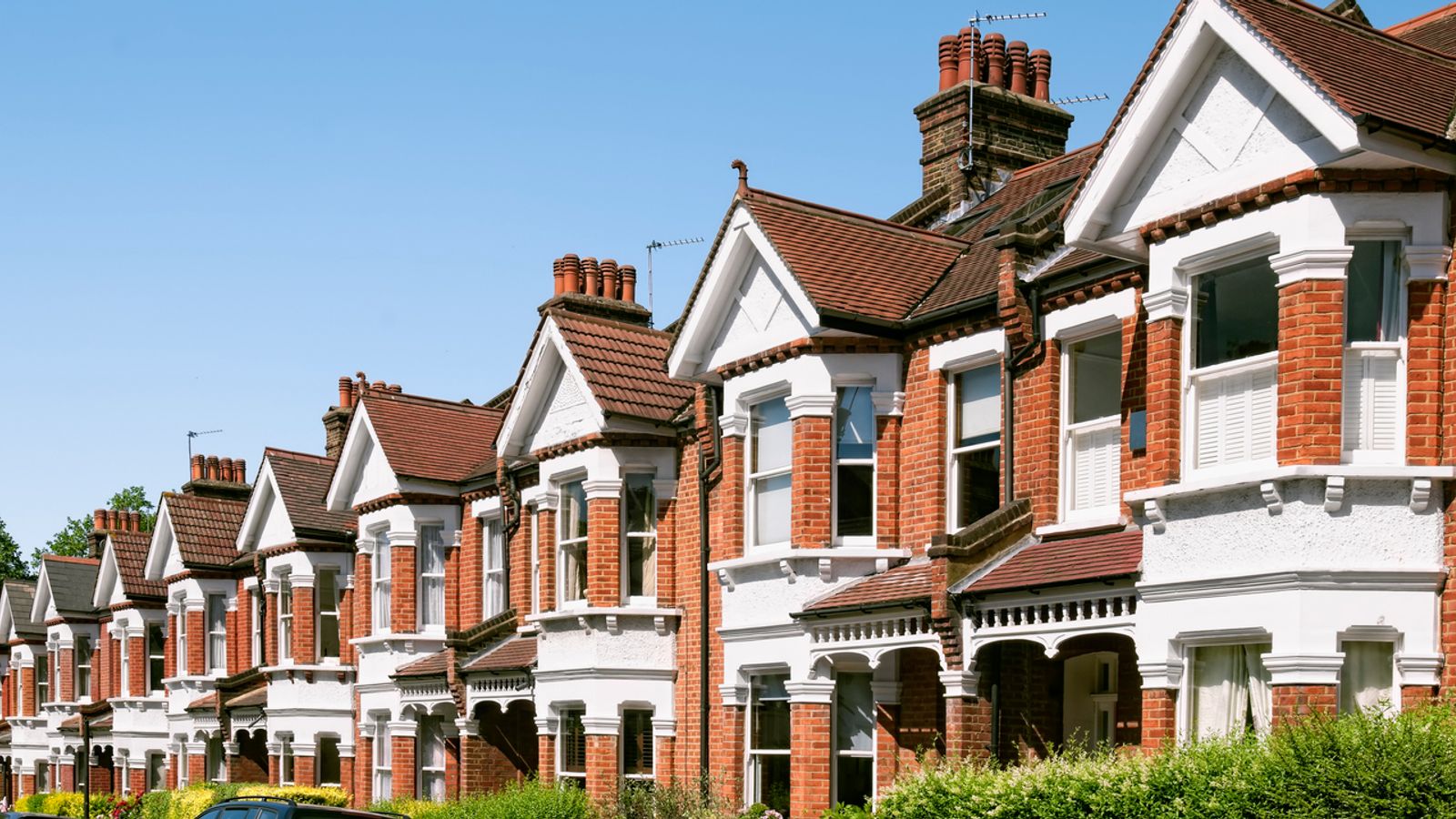
The rate of inflation has remained at 4% – despite forecasters predicting a rise, official figures show.
The consumer price index (CPI) measure of inflation stood at 4% in January, the Office for National Statistics (ONS) said.
Money latest: Inflation rate holds – as surprise US data leads to market sell-off
It’s the same as in December and below economists’ expectations, including the Bank of England.
The central bank had forecast 4.1%, while economists polled by Reuters were expecting an increase to 4.2%.
A rise in the energy price cap and the cost of second-hand cars contributed to inflationary pressure.
But the first month-on-month fall in food prices for more than two years helped CPI remain static.
The cost of food dropped 0.4% from December to January, with the overall rate of food inflation at 8%. Less than a year ago, in March, food inflation was at a 45-year high of 19.2%.
Spending calculator: See which prices have gone up or down
Also coming down in price was furniture and household goods, the ONS said.
It’s likely a positive sign for the Bank of England, which has been raising interest rates and making borrowing more expensive in an attempt to bring inflation down to the target rate of 2%.
Also remaining the same as last month, and below expectations, is a key figure looked at by the rate-setting members of the Bank’s Monetary Policy Committee: core inflation, which came in at 5.1%. It measures the rate prices are rising but excludes energy and food, which are prone to fluctuations.
There will be another inflation announcement – for February – before the committee meets and decides their next interest rate move in March.
Markets currently expect interest rates to be brought down to 5% in June and to 4.75% in September, falling further to 4.5% in December.
In response to the latest data, Chancellor Jeremy Hunt said: “Inflation never falls in a perfect straight line, but the plan is working; we have made huge progress in bringing inflation down from 11%, and the Bank of England forecast that it will fall to around 2% in a matter of months.”












